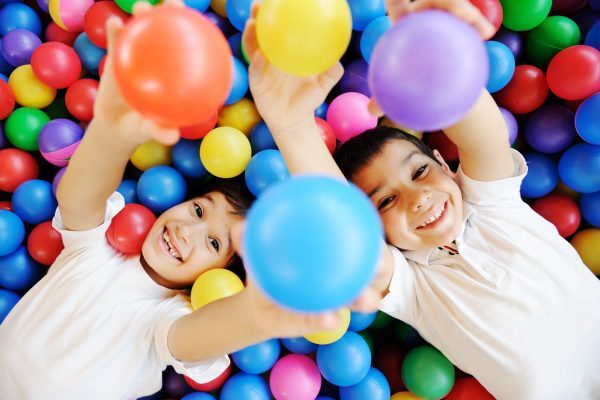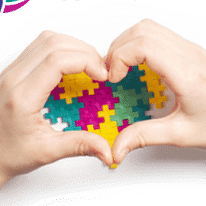- Contact Us
- (908) 874-0417
- Member Login
- Get Listed Now

If you have ever taken the time to sit and watch your child or other children at the park, you will probably find it amusing. The things that they do can seem so silly and almost senseless at times as they stand in one spot and twirl or scoop up a handful of sand and walk it across the playground and dump it at the bottom of the slide. The things that they say are funny, too. One kid is the mom and the other is the dad and the conversations that they have while they are in character can sometimes be revealing as to what their life at home is like. (Watch what you say around the kids, mom, and dad!).
As it turns out, not one thing that children do is separate from observation, imitation, and learning. Their playtime is not random. They are always processing new words, actions, and skills that they have been taught or that they have seen someone else do. When you think about it, play is almost like a rehearsal for life in the present and in the future. Children find their identity through play and sort out feelings through play.
Play= learning.
These truths apply to all children and children with autism are no exception to these sentiments. Whether you are creating activities for autistic toddlers, preschoolers or older kids the benefits of play are the same. Playful activities teach social skills, inspire creativity, increase learning and understanding, improve communication and develop fine and gross motor skills.
Through play, many children find hobbies and interests that evolve into lifelong interests and potential career paths. For kids with autism, play can be the catalyst for making friends more easily, transitioning from special education settings to general education settings, and being able to acclimate to various social settings.
It can be difficult to engage a child with autism in play activities. One reason is that many kids with autism get stuck in repetitive patterns and they can be resistant to interruptions to their patterns. Secondly, kids with autism also have difficulty focusing which can be challenging to anyone who is attempting to engage them in a play activity. Finally, communication can be problematic because many kids with autism are more focused on body movement during play rather than on the language that is required to learn the rules or concepts during play.
Ironically, these tendencies that make play difficult for kids with autism are the very reason that play becomes even more important in order to resolve them. It is during play that new patterns can be introduced, attention can be increased and communication skills can be improved.
Choosing the right play activities for kids with autism is similar to choosing activities for any other child.
This will help to keep the child engaged in the activity. This can help to gradually increase their focus and attention skills.
If they enjoy building things, try to incorporate some building activities into structured playtime. By using Legos, stacking toys, K-nex, tinker toys, or even something as simple as dominoes, integrating a skill that they are good at can facilitate learning new skills without them even realizing that they were involved in a structured activity.
If your child finds it calming to squish and squeeze textures like playdough or kinetic sand then it would make perfect sense to structure an activity around that particular substance. Think about which textures, sounds, smells, and sights they enjoy and use those things. Think about how focused some kids can become when music is played. Use that to your advantage when you structure activities for your child with autism.
Kids with autism are primarily visual learners- use this to create engaging activities for autistic toddlers, autistic preschoolers, and older autistic kids. Picture cards can be used as prompts to perform certain activities or as a visual aid to teach a sequence or outline the rules of activity. Being able to look at instructions rather than listen to instructions is typically easier for most kids with autism.
Kids with autism can easily become overwhelmed with too many directives at once. To avoid triggering any frustration it is always best to deliver instructions in short and direct statements. Modeling the desired steps or actions is also helpful while verbally explaining them.
The best types of activities for toddlers, preschoolers, and school-aged kids with autism are the activities that take all of the things mentioned above into consideration. Simple activities that are visually stimulating, sensory engaging, and centered around the autistic child’s interests and abilities are the best.
To view the full list of engaging play activities for children with autism, check out the full-length blog on our website!
|
|
Added By: | |

|
Circle Care Services Family Activities Highland Park, NJ 08904 US |
| View Profile » Contact » | |
